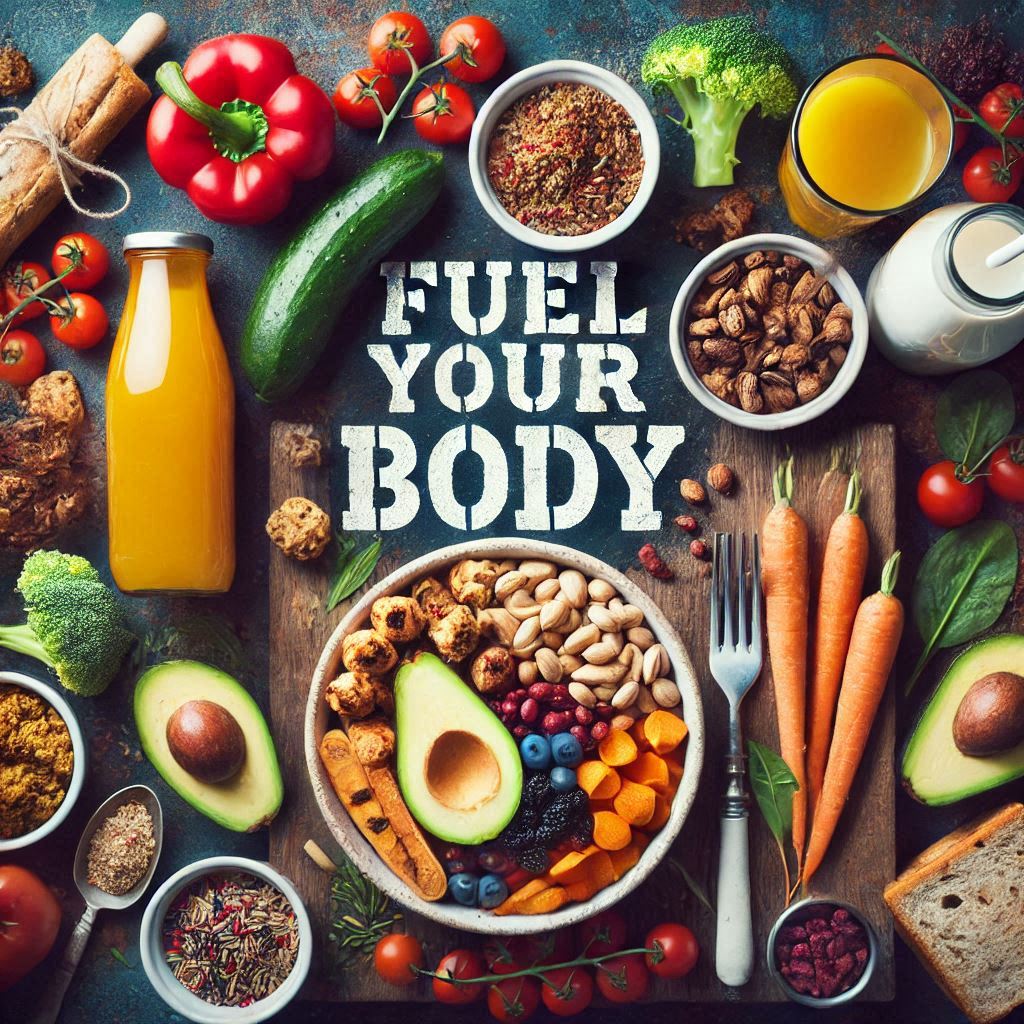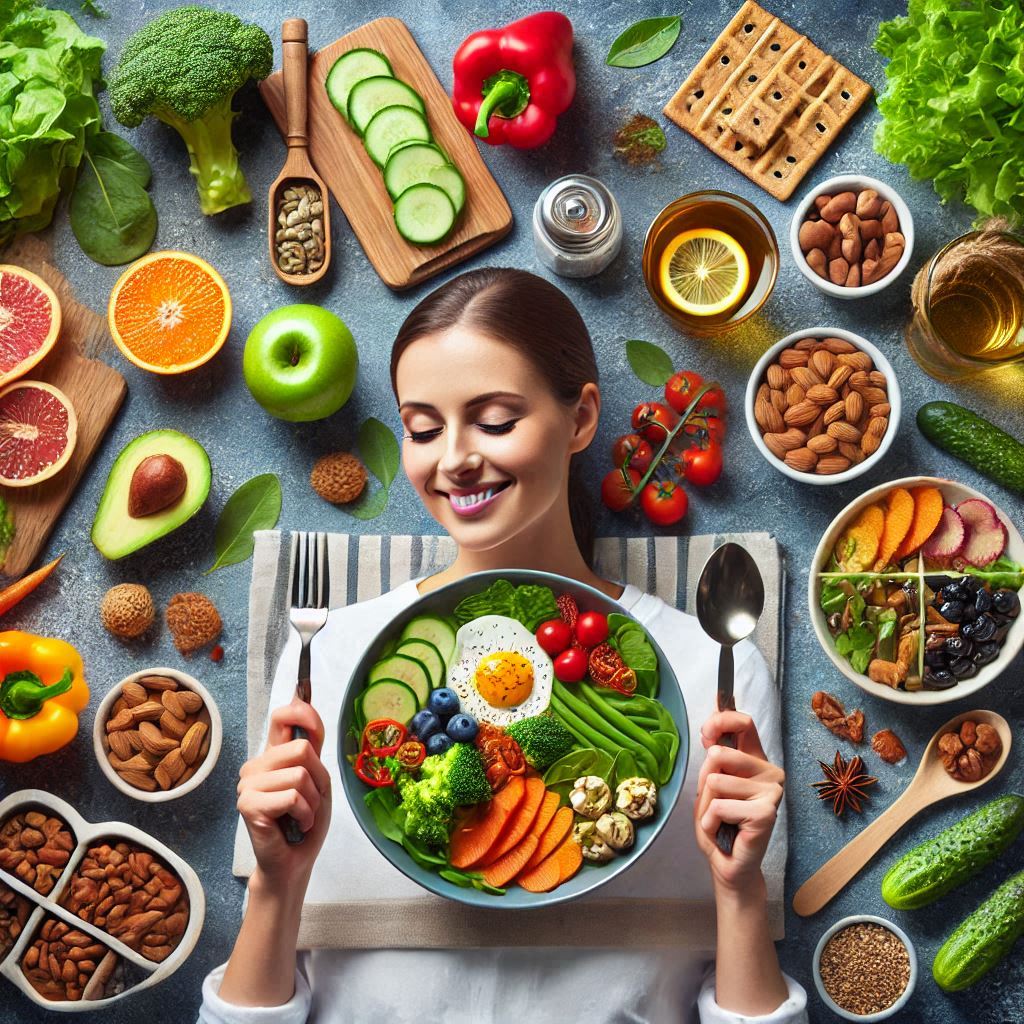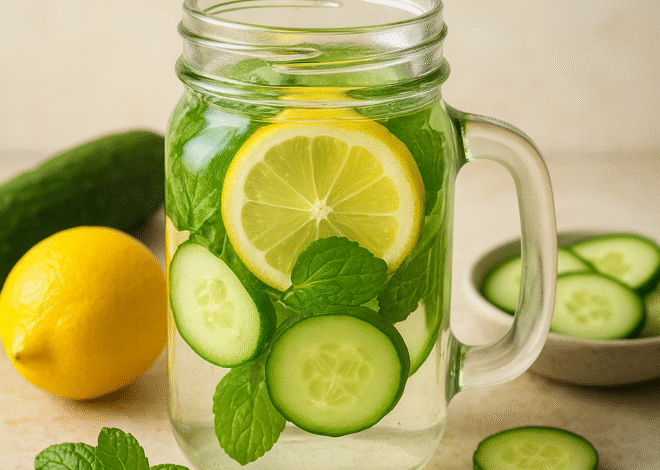
Fuel Your Body with Hearty, Balanced Meals
As a dietitian, I’m here to share how you can fuel your body with hearty meals that offer the right combination of proteins, healthy fats, fiber, and complex carbohydrates.
Start with Lean Proteins
Protein is an essential building block for your body.
- Chicken and turkey: These lean meats are packed with protein and low in fat.
- Fish and seafood: Fatty fish like salmon, mackerel, and sardines are high in omega-3 fatty acids, which are beneficial for heart health and reducing inflammation.
- Plant-based proteins: Lentils, chickpeas, beans, quinoa, and tofu are fantastic alternatives for plant-based eaters.
Incorporate Whole Grains
- Quinoa: A protein-packed grain that’s perfect for cold-weather salads, bowls, or as a side dish.
- Brown rice: Brown rice is a wonderful addition to casseroles or stir-fries, offering fiber and essential minerals.
- Oats: Start your day with a warm bowl of oatmeal, topped with nuts, fruits, and seeds.
Fill Your Plate with Vegetables
- Root vegetables: Sweet potatoes, carrots, parsnips, and beets are all in season during the winter.
- Leafy greens: Kale, spinach, and Swiss chard are loaded with vitamins A, C, and K.
- Cruciferous vegetables: Broccoli, cauliflower, Brussels sprouts, and cabbage are packed with nutrients, including fiber.
Create Warming, Comforting Soups and Stews
Winter is the perfect time to indulge in a hot bowl of soup or stew.
- Hearty vegetable soup: A mix of seasonal vegetables like carrots, celery, and sweet potatoes, combined with legumes like lentils or beans, makes for a nutritious, fiber-rich soup.
- Chicken or turkey stew: Combining lean meats with root vegetables, greens, and whole grains creates a comforting and nutrient-dense meal.
- Chili: A lean turkey or plant-based chili filled with beans, tomatoes, and spices is a great way to add fiber and protein to your diet, while warming you up on a cold day.
Mindful Portion Sizes and Balanced Meals
- Protein: A palm-sized portion of lean protein (chicken, fish, tofu, legumes) for muscle repair and immune function.
- Vegetables: A generous portion of vegetables, ideally making up half of your plate, to provide essential vitamins, minerals, and fiber.
- Whole grains or starchy vegetables: A quarter of your plate should be filled with whole grains or starchy vegetables for energy and sustained fullness.
- Healthy fats: A small serving of healthy fats, such as olive oil, avocado, or nuts, to support brain health, skin health, and overall well-being.












